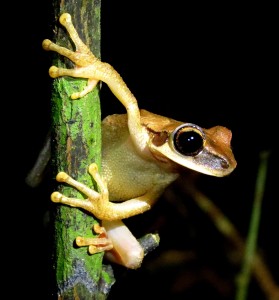The following links will take you to photo guides hosted by other web sites…
Bats – Cocha Cashu
Amphibians – Cocha Cashu
Amphibians – Manu and Tambopata
Reptiles – Madre de Dios
Hummingbirds – Madre de Dios
Large mammals – Madre de Dios
Non-volant mammals – Madre de Dios
Plants – Manu National Park
Fungi – Cocha Cashu
Fish – Cocha Cashu
Fruits – Cocha Cashu
Seeds – Cocha Cashu
Seedlings – Cocha Cashu
Dung Beetles – Cocha Cashu
Click here for more species photo guides for other parts of Madre de Dios.
Photo: Cindy Hurtado

